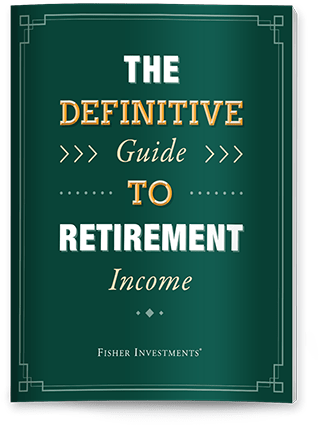Investing in Stocks for Retirement
Certainty is hard to come by in investing, whether you invest in stocks, bonds, mutual funds or annuities. But over the longer term, stocks have offered returns superior to almost every other asset class. When you invest for retirement, whether through your employer, an individual retirement account, mutual funds or other investments, it is important to understand stocks. You’ll want to know what stocks are, how they work and how they help grow your portfolio.
Basics of Retirement Investments
How should you allocate your short- and long-term investments? That depends on factors such as your life expectancy and that of your heirs, how much money you have saved, your risk tolerance levels and income and cash-flow needs. A registered investment adviser can help you determine your short- and long-term goals. For example, some retirees want to focus on simply maintaining a standard of living that factors in inflation. Others prefer to spend down all their assets before they pass. Still others want to continue to grow their portfolio during retirement to fund additional spending or to leave a legacy to heirs or charities. We believe having the correct asset allocation significantly improves the chances of meeting your long-term objectives.
Types of Stocks
Stocks can be either common or preferred. Both represent a slice of ownership of a company and both can pay dividends, but there is one important difference. While common stockholders are entitled to vote at shareholder meetings, preferred stockholders don’t have voting rights. To make up for the lack of voting rights, preferred stock dividends are paid before common stock dividends. Preferred stock dividends are also less likely to be cut or reduced—though both can happen.

See Our Investment Guides
The world of investing can seem like a giant maze. Fisher Investments has developed several informational and educational guides tackling a variety of investing topics.
Many investors believe stocks with a history of dividend growth are “safer” than stocks that do not pay dividends. However, that is not necessarily the case. There are no fundamental risk differences between stocks that pay dividends compared with those that don’t.
The stock market can be broken down into several categories. For instance, the MSCI World Index has 11 sectors, which divide companies into groups based on the products and services they offer. These sectors are Information Technology, Health Care, Consumer Staples, Telecommunication Services, Financials, Consumer Discretionary, Energy, Utilities, Real Estate, Materials and Industrials.
There are indexes that track the performance of particular sectors. Investors can choose to invest in specific sectors, individual stocks or the broader stock market through exchange-traded funds (ETFs), index funds or actively managed stock mutual funds.
Investment Style
Companies are often classified according to style: value or growth. Growth companies are typically expected to deliver profit growth rates above the average rate of broad economic growth. Value stocks are those that may be viewed as underpriced and more dependent on macroeconomic growth trends to drive profit growth.
Market Capitalization
Companies are further categorized according to their size, or market capitalization. Market capitalization is the number of outstanding shares multiplied by the company’s current stock price. The following is a broad example of how companies might be broken down by size:
- Mega-Cap: Companies with market capitalization of over $100 billion
- Large-Cap: Companies with market capitalization between $20 and $100 billion
- Mid-Cap: Companies with market capitalization between $2 and $20 billion
- Small-Cap: Companies with market capitalization between $250 million and $2 billion
Employer Stocks
Some employers offer compensation to employees in the form of company stock. While taking advantage of certain match programs and allocations may maximize your yearly compensation, Fisher Investments generally advises against concentrating your portfolio with stock from any single company—even if it’s your own.
We believe you should limit exposure to any single company to (at most) about 5% of your total investments. Though you may know the company well, higher concentrations increase risk dramatically. After all, if you are actively working, your salary should be tied to the business’s health. Tying your future wealth or retirement to its health by loading up on employer stock is essentially “doubling down,” which is not ideal. Diversification is key. It’s about staying humble and avoiding the potential for a big mistake.
Learn More About Investments for Retirement
Fisher Investments can help you craft a retirement plan that includes an appropriate allocation of retirement stocks in your retirement portfolio, based on your needs, time frame and assets. We will review various investment options and help select those that will increase the likelihood of achieving your long-term goals.




